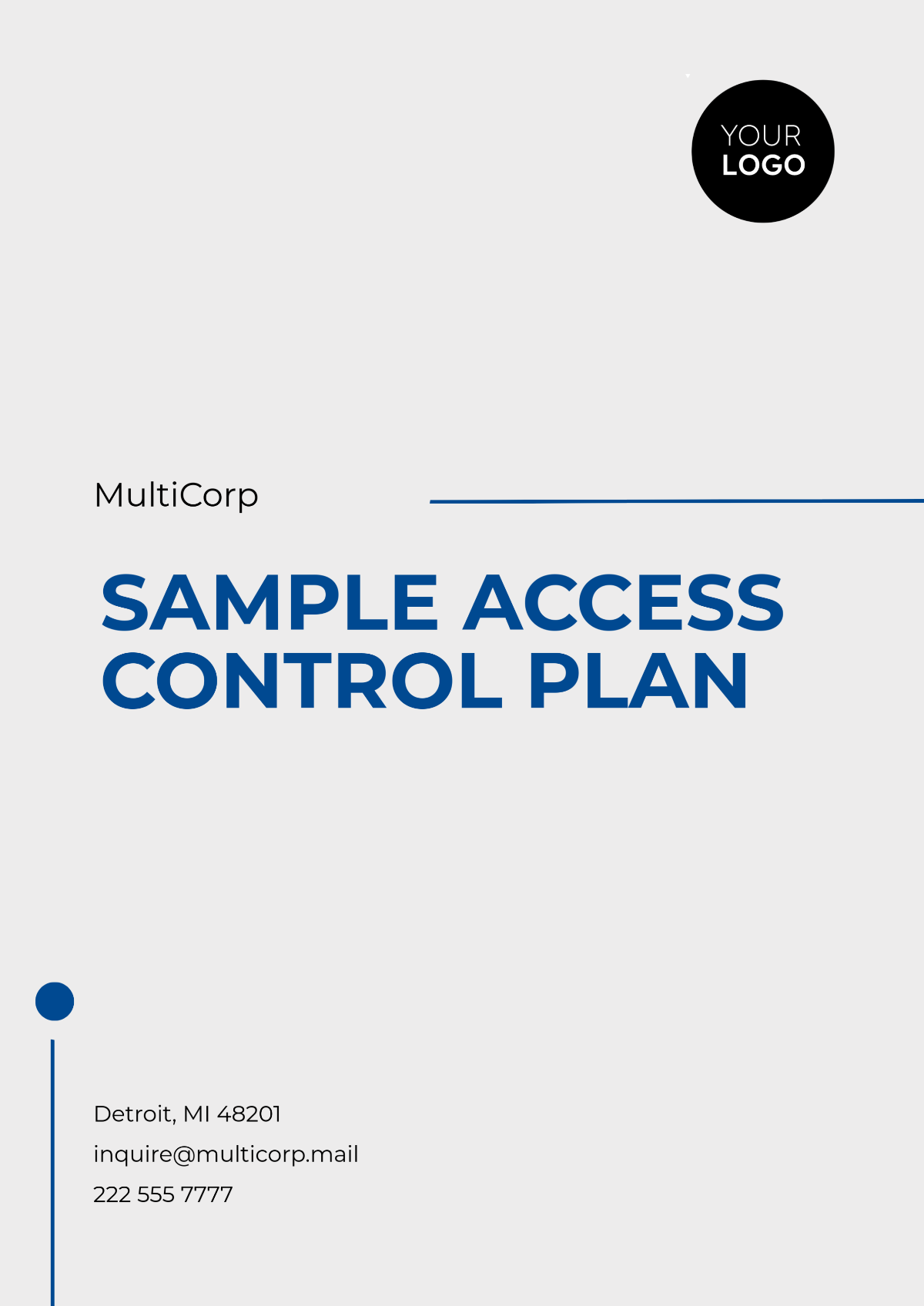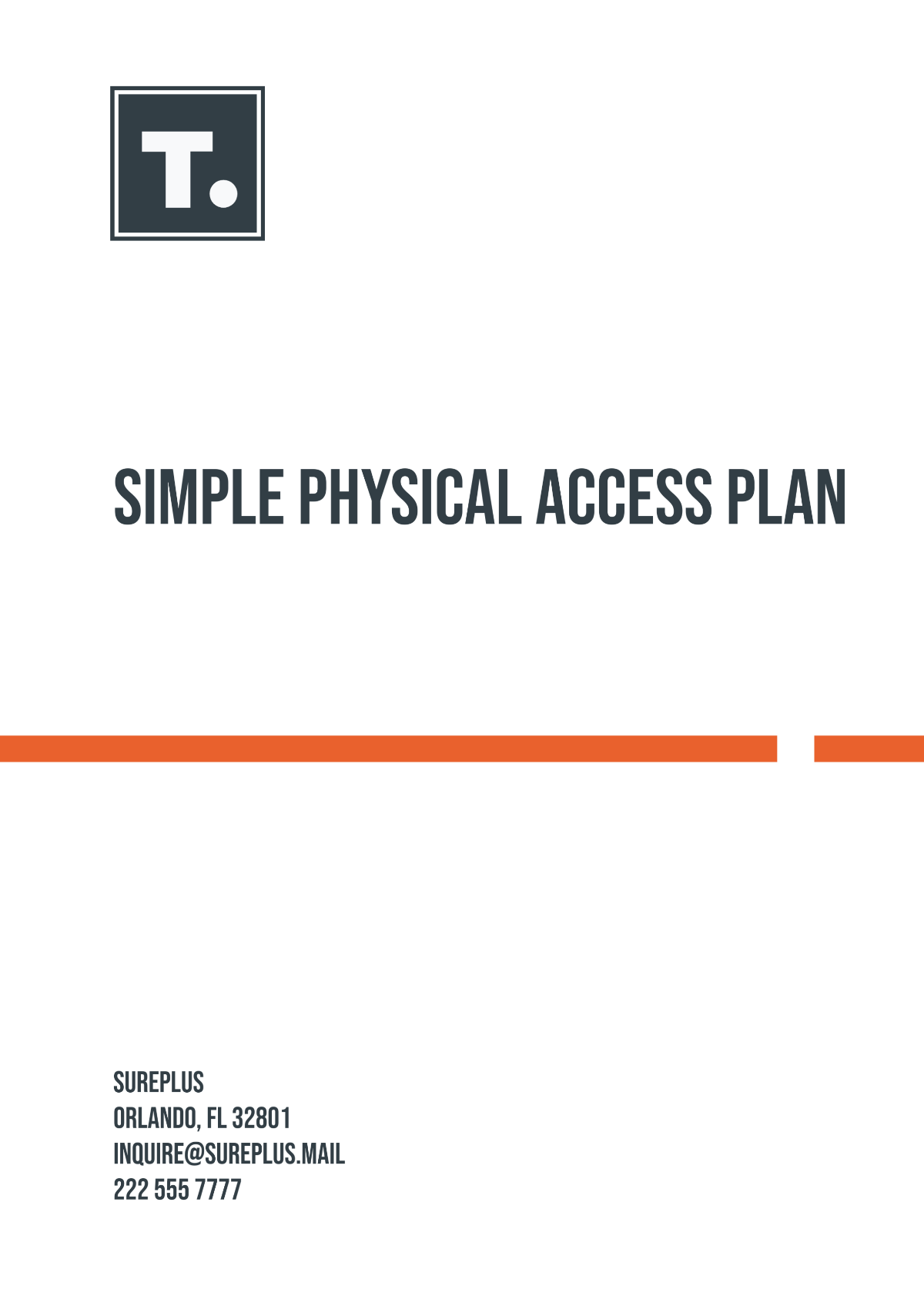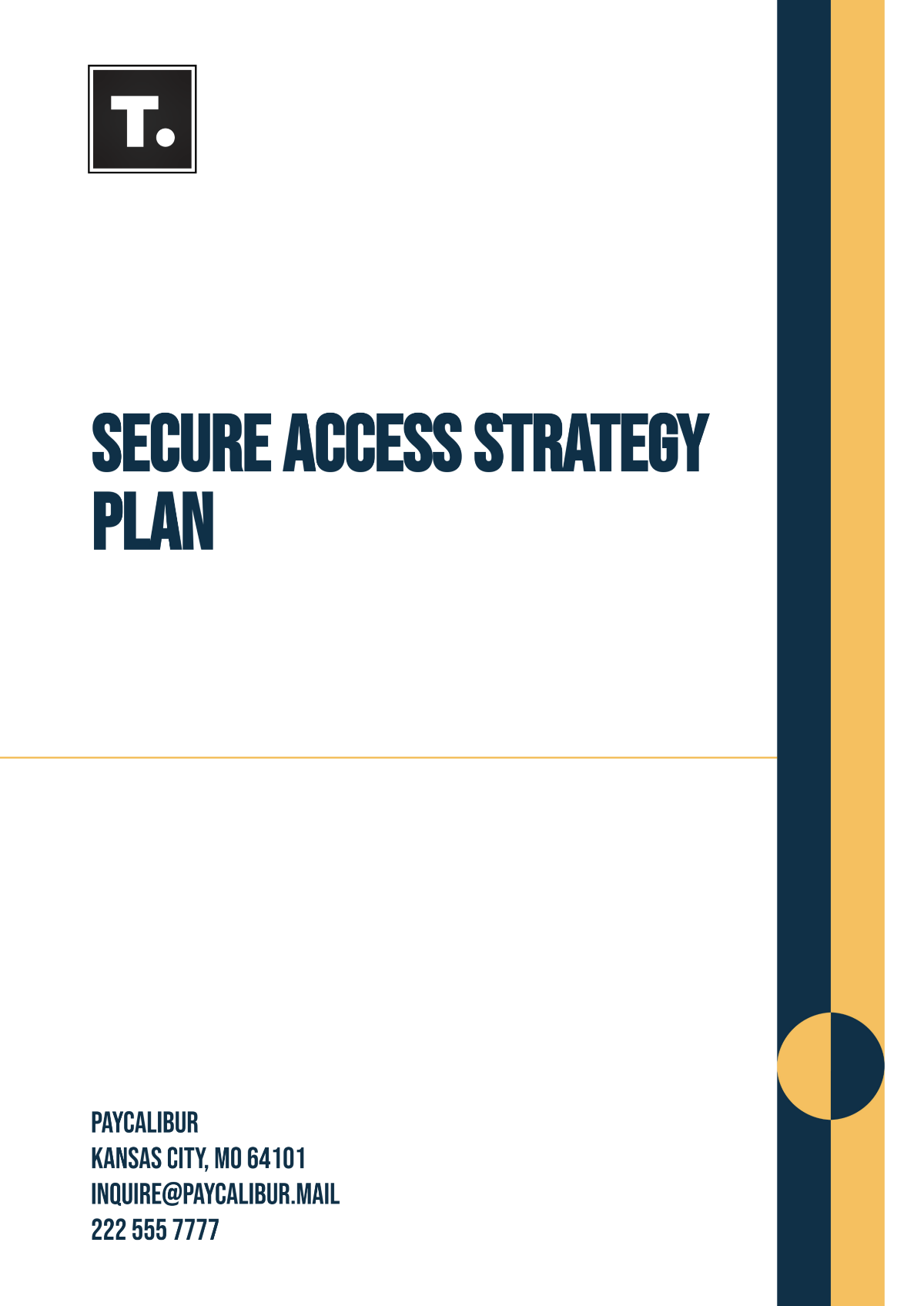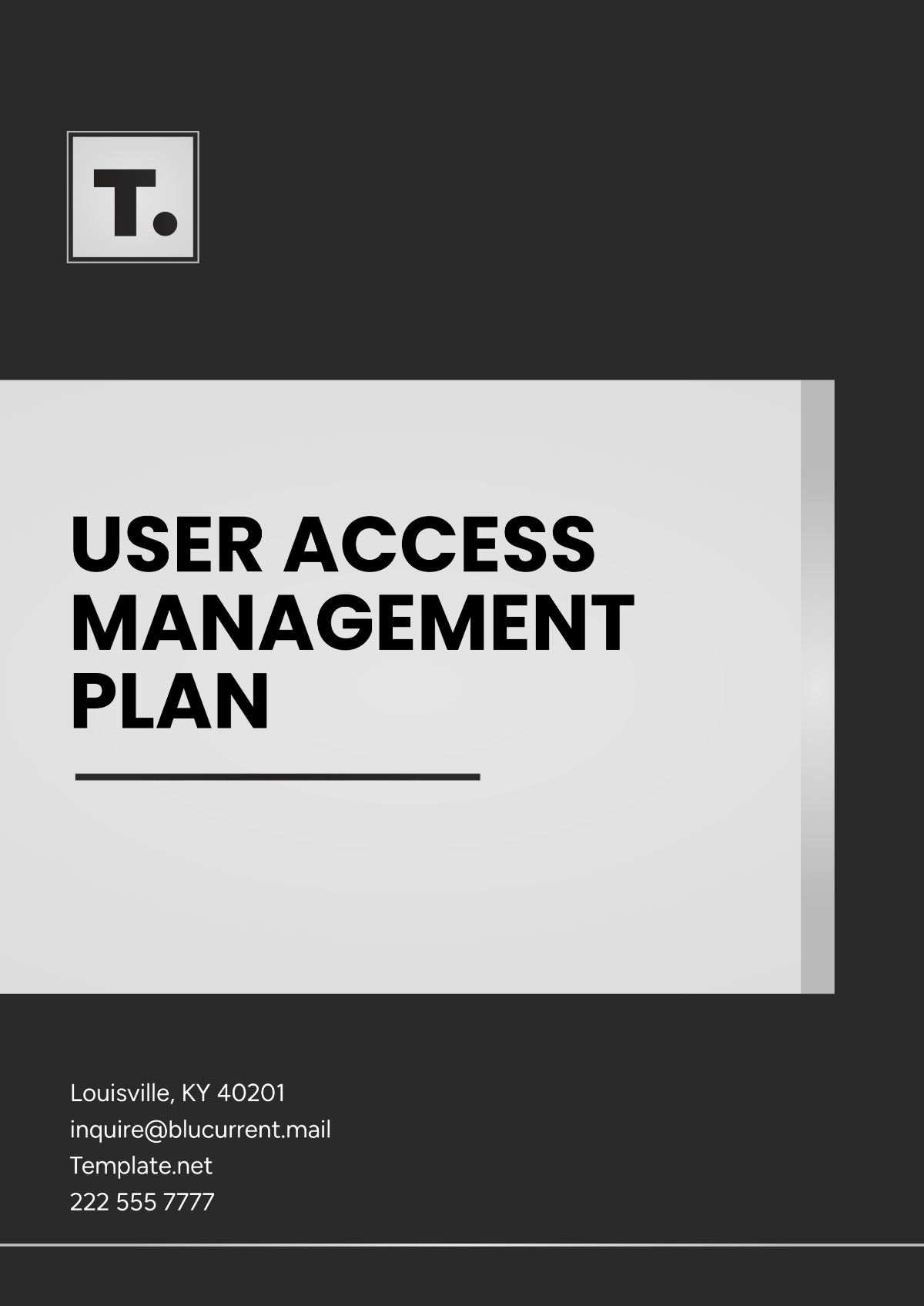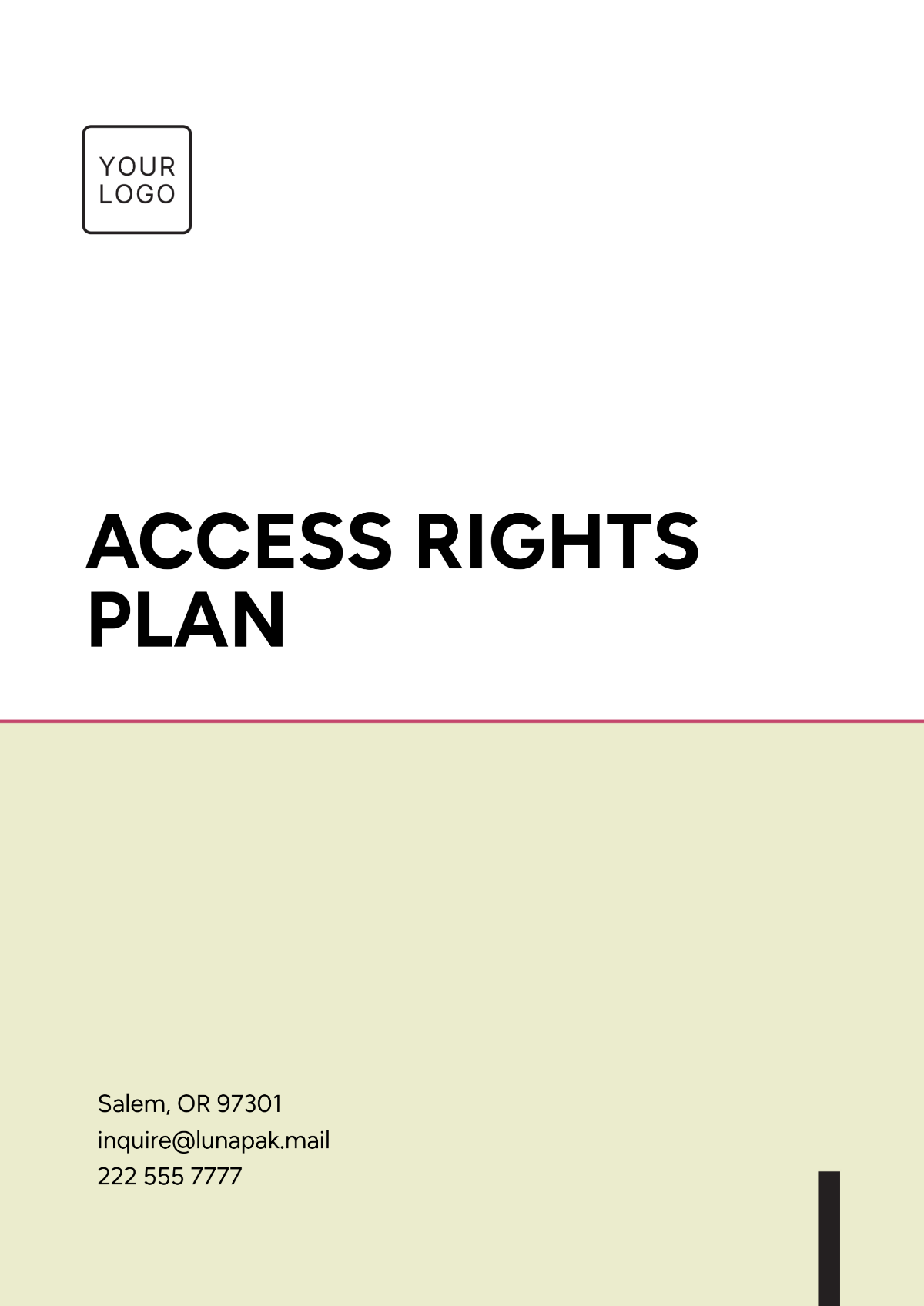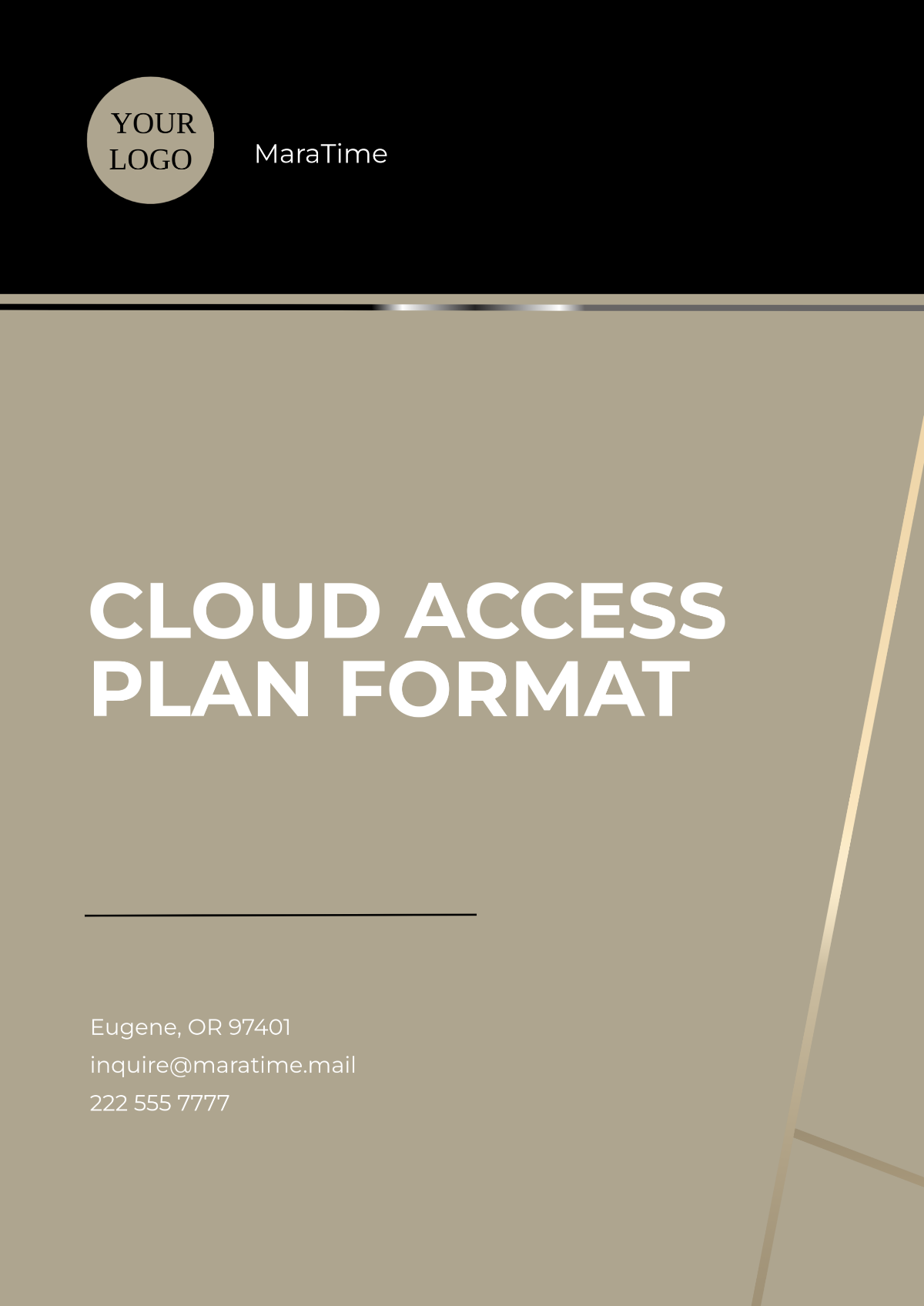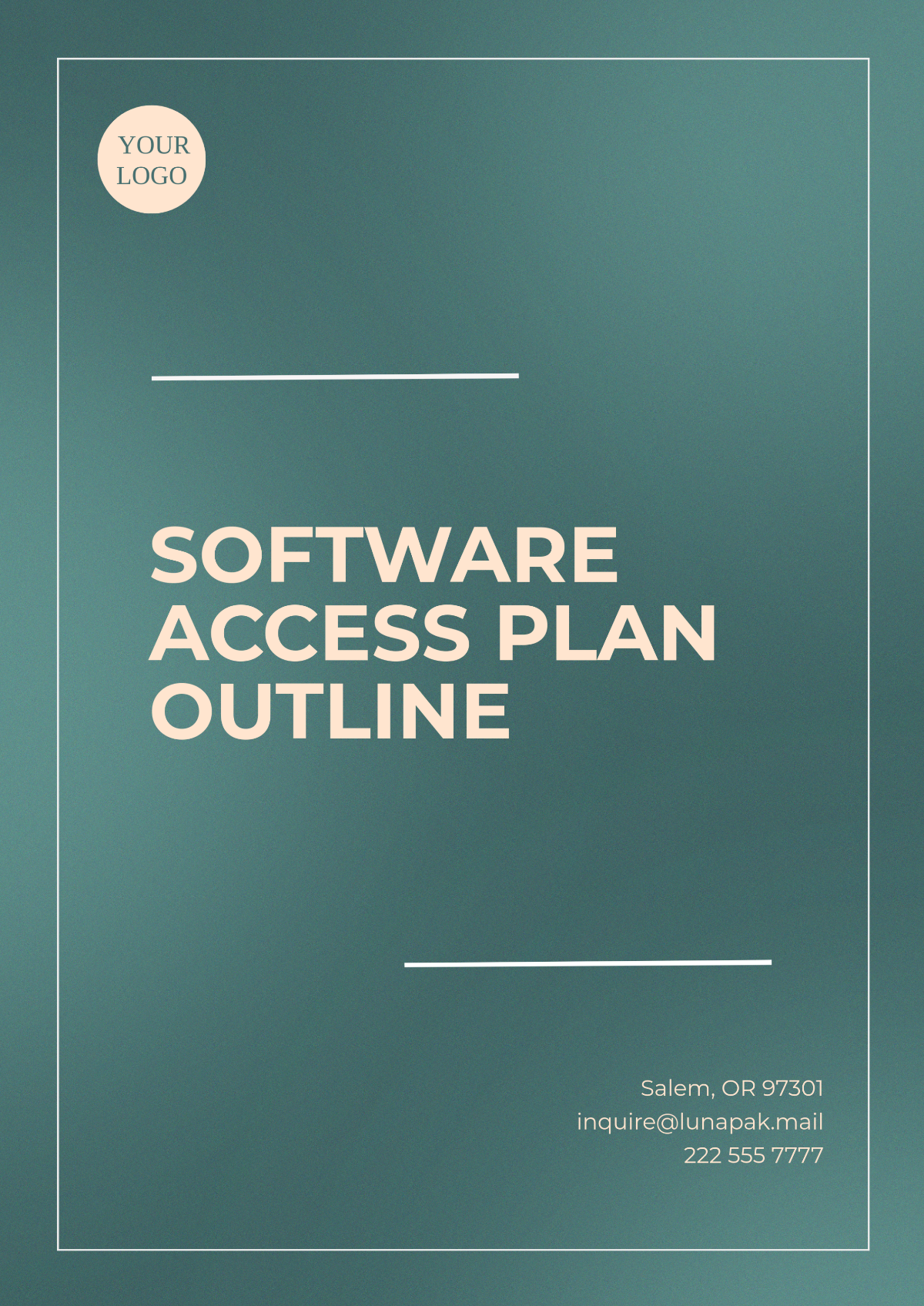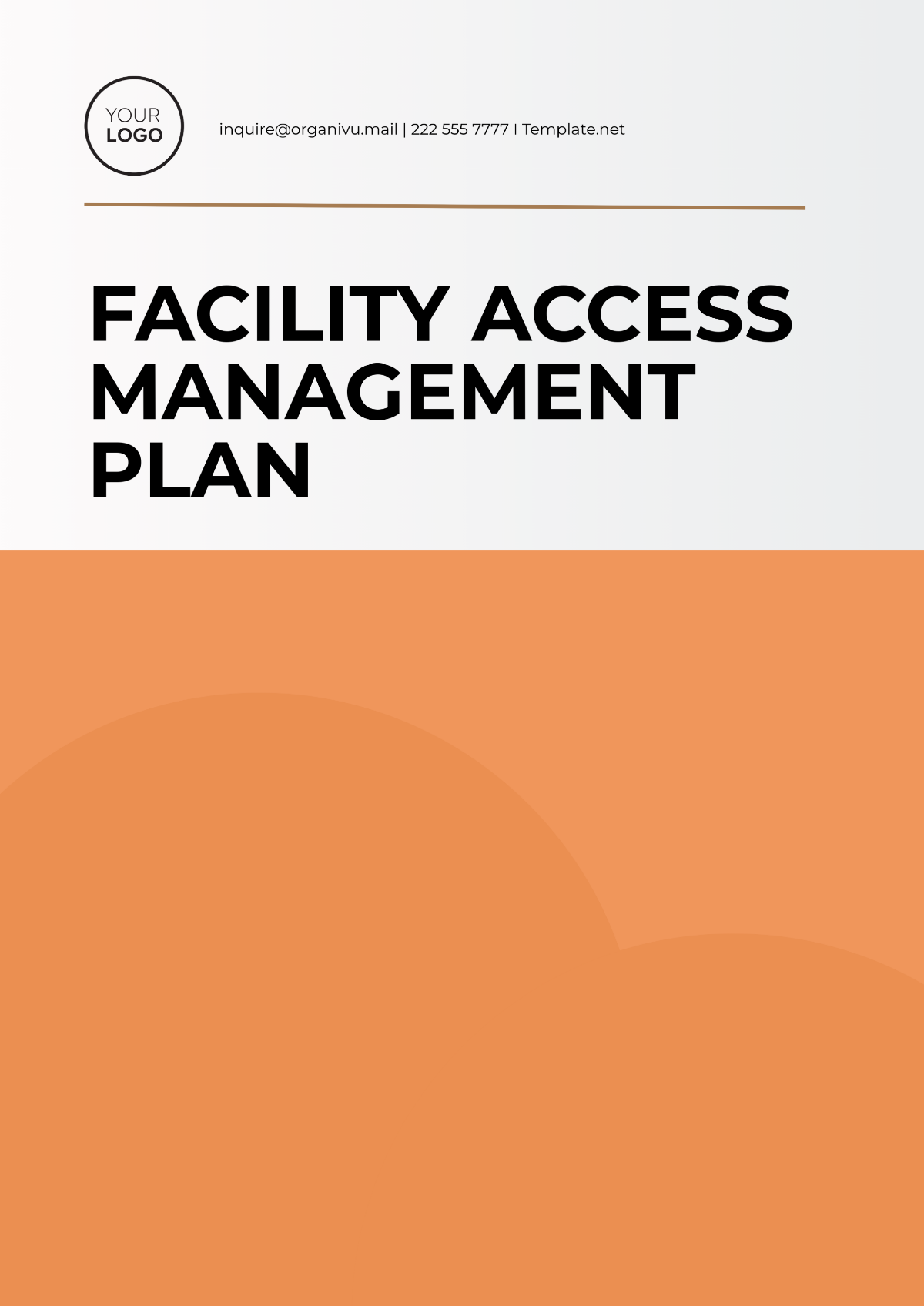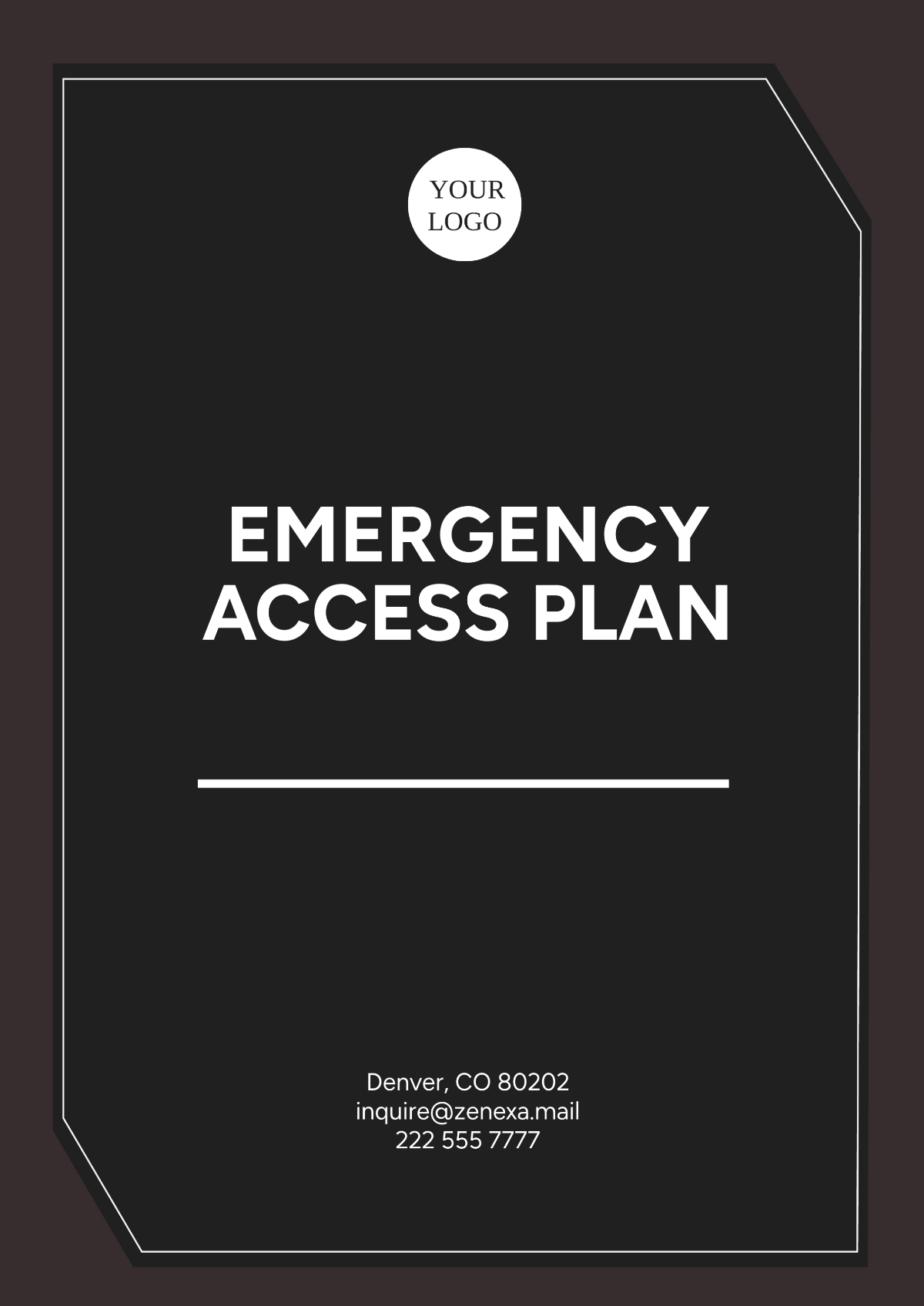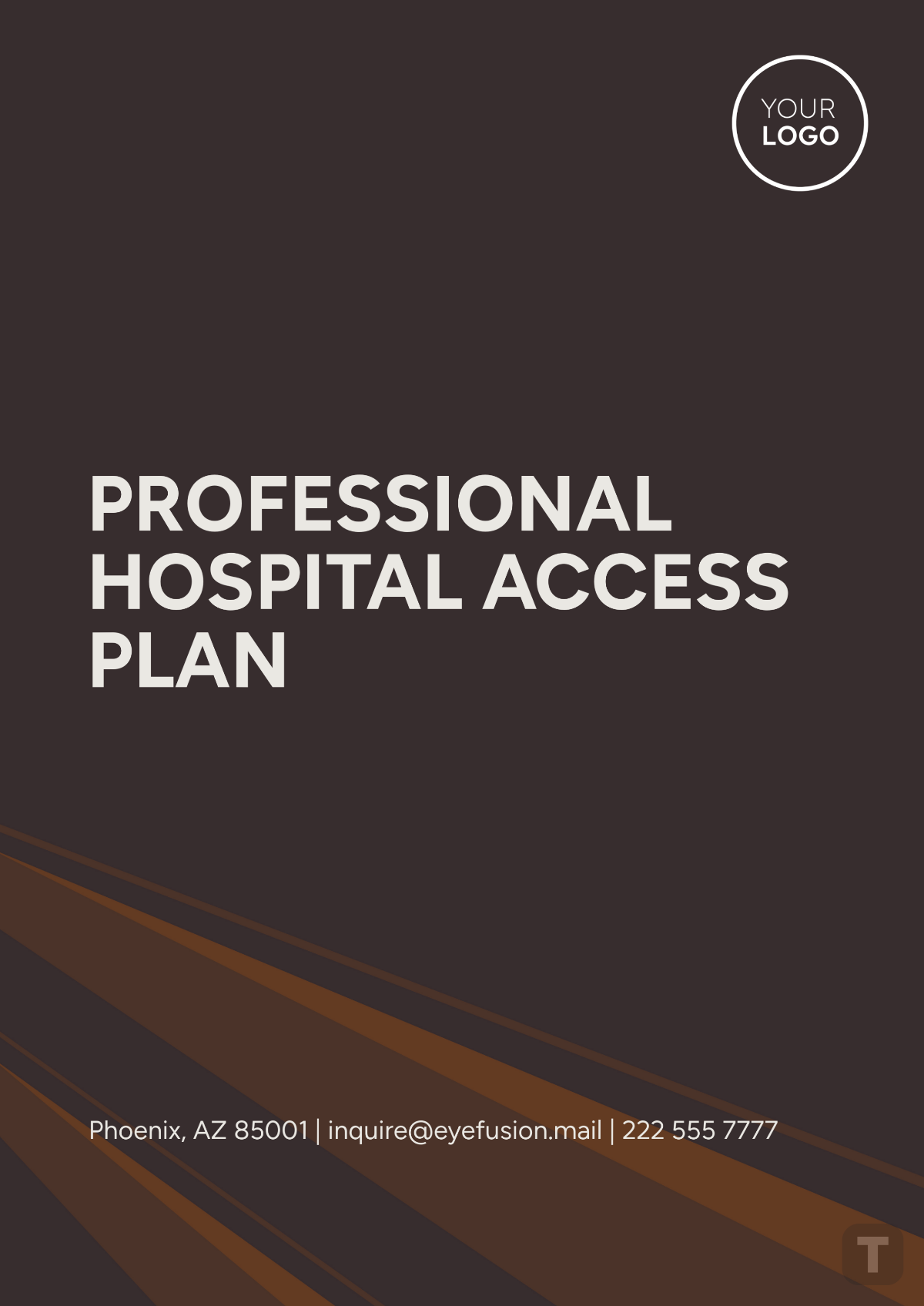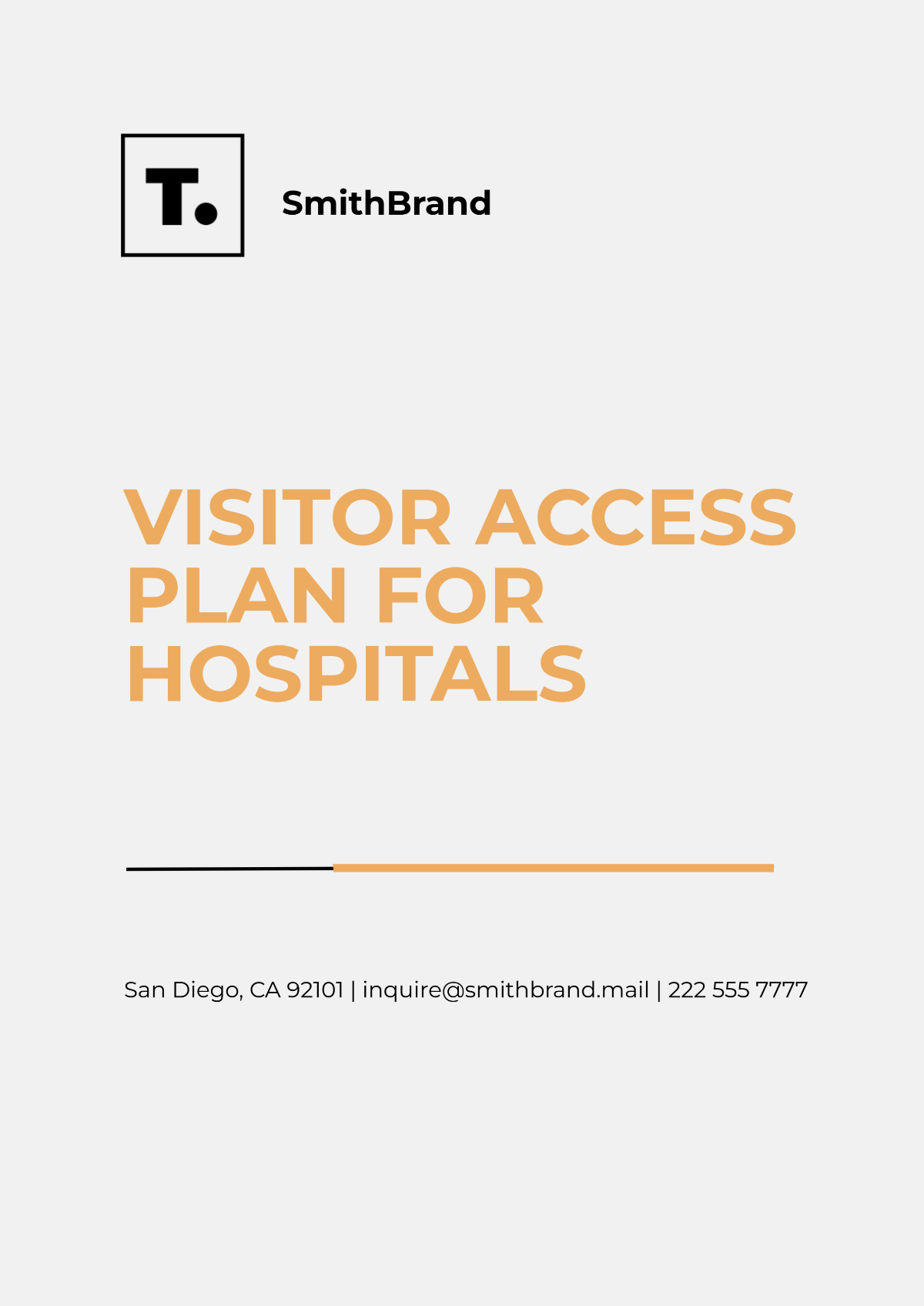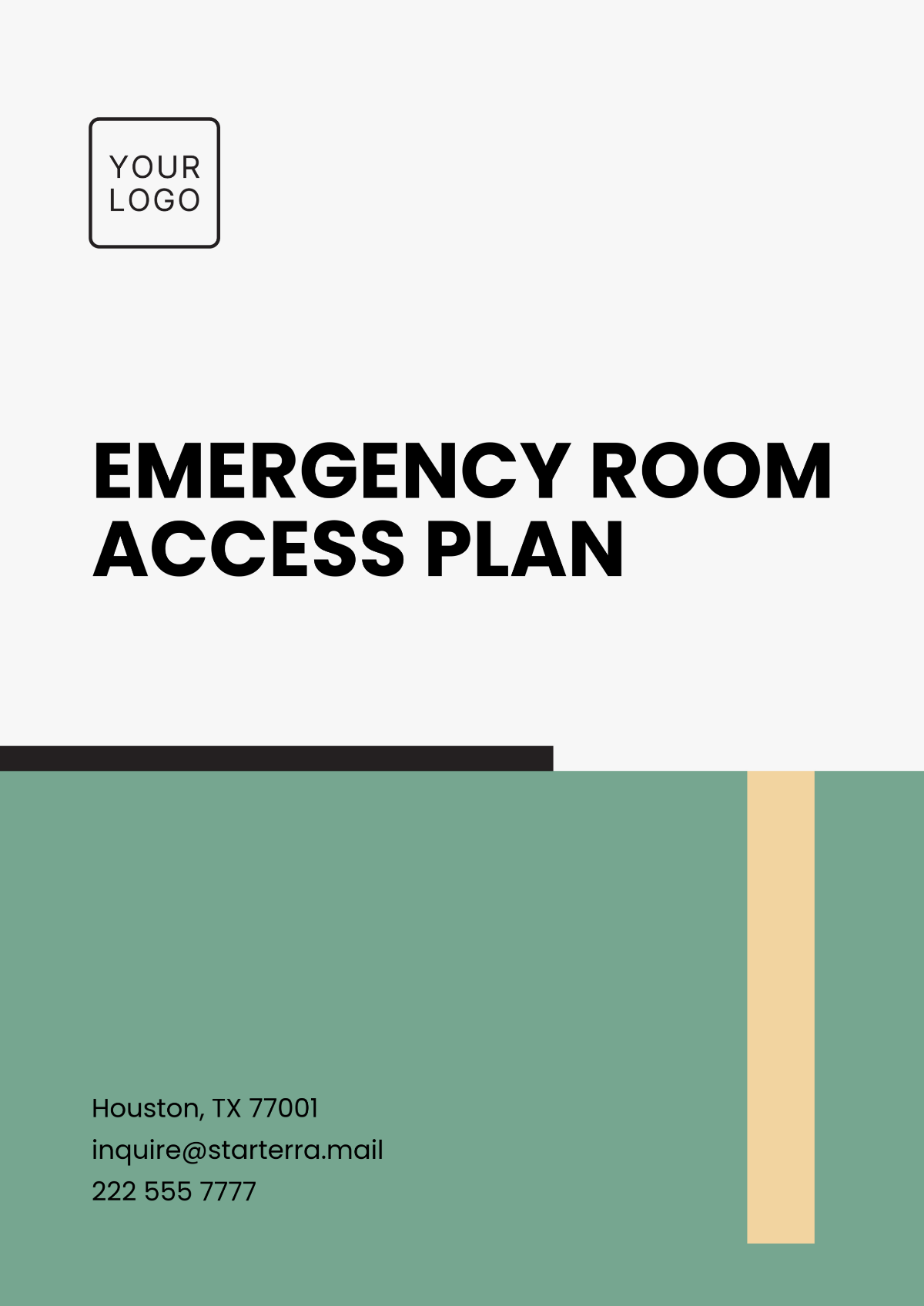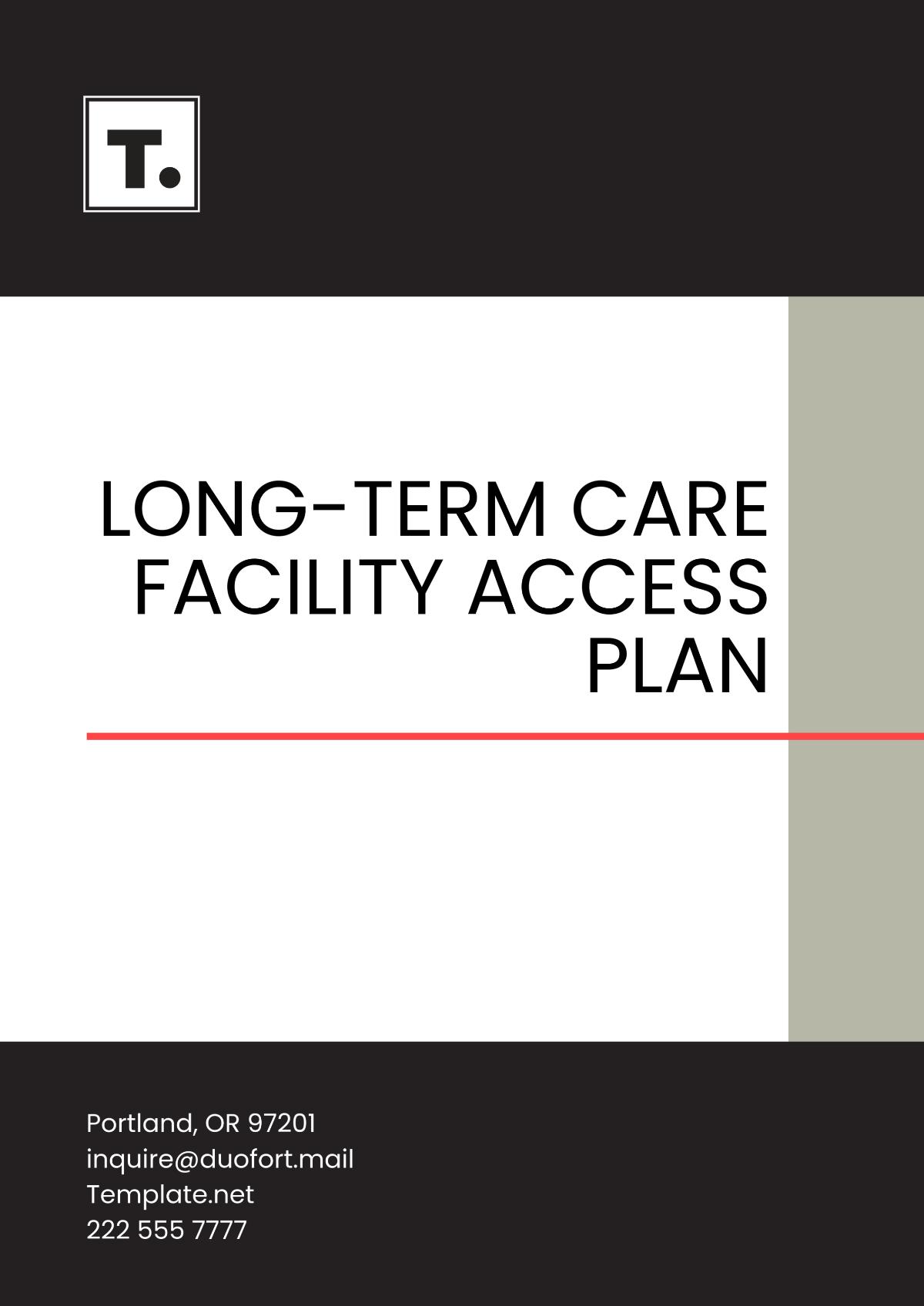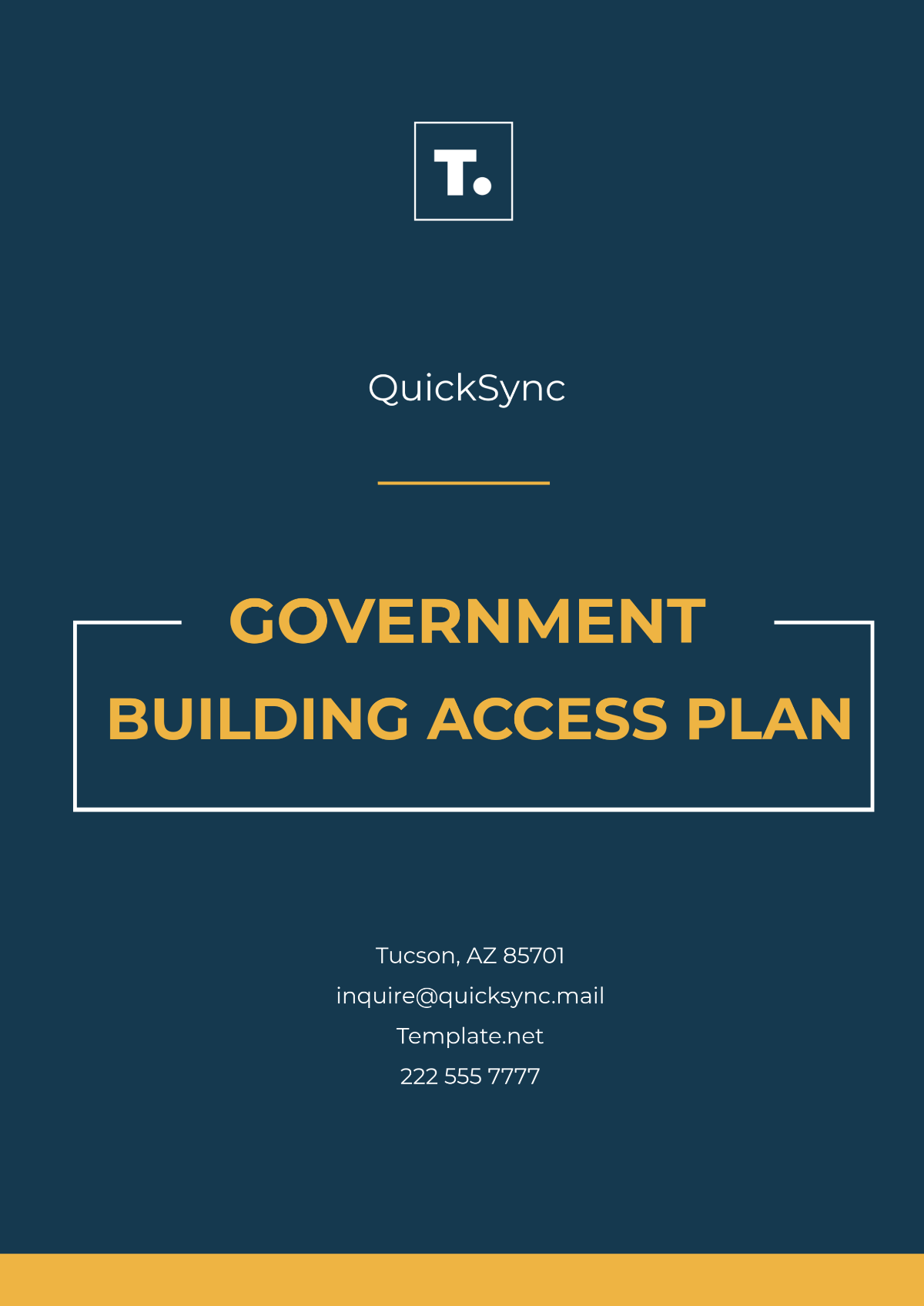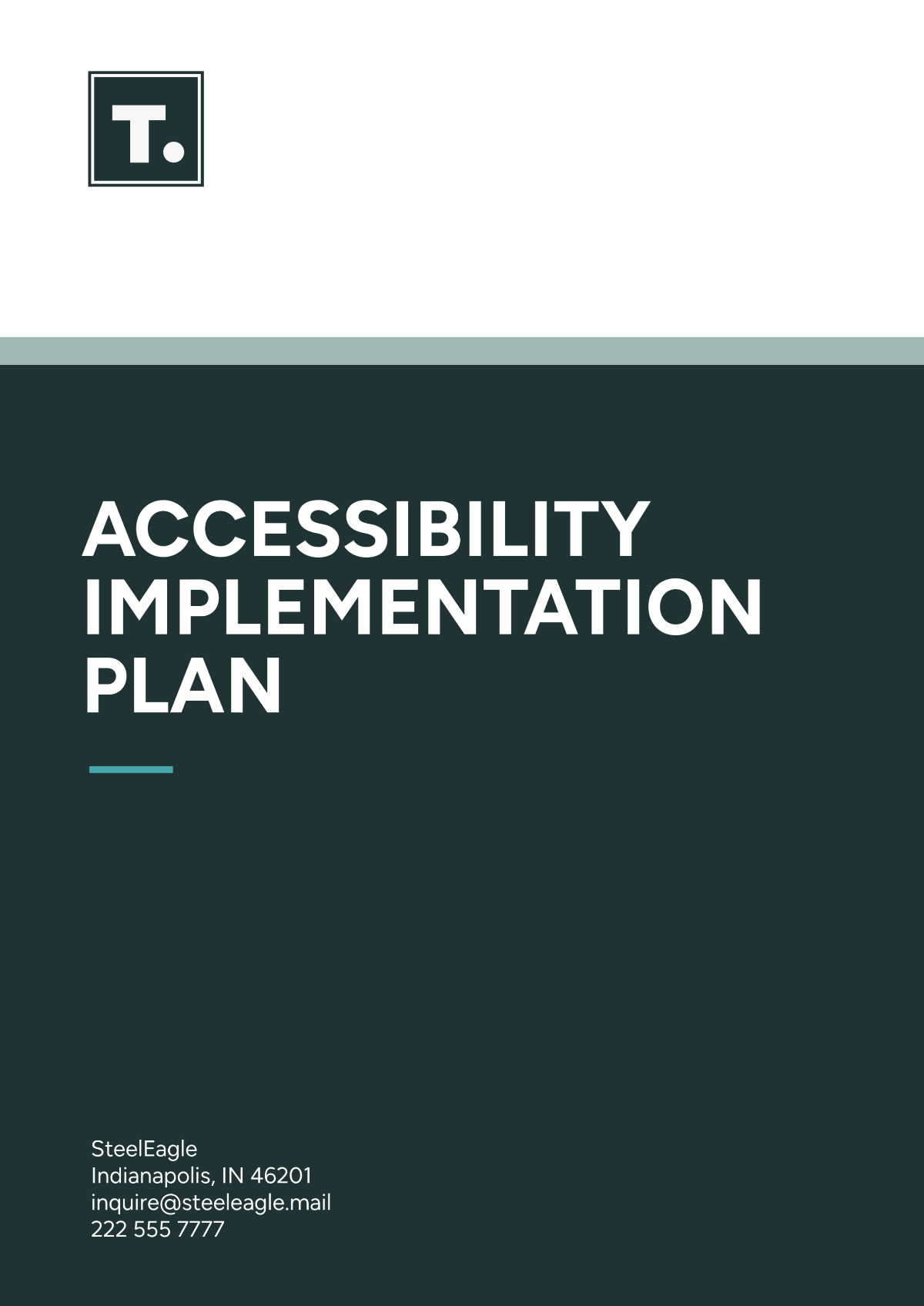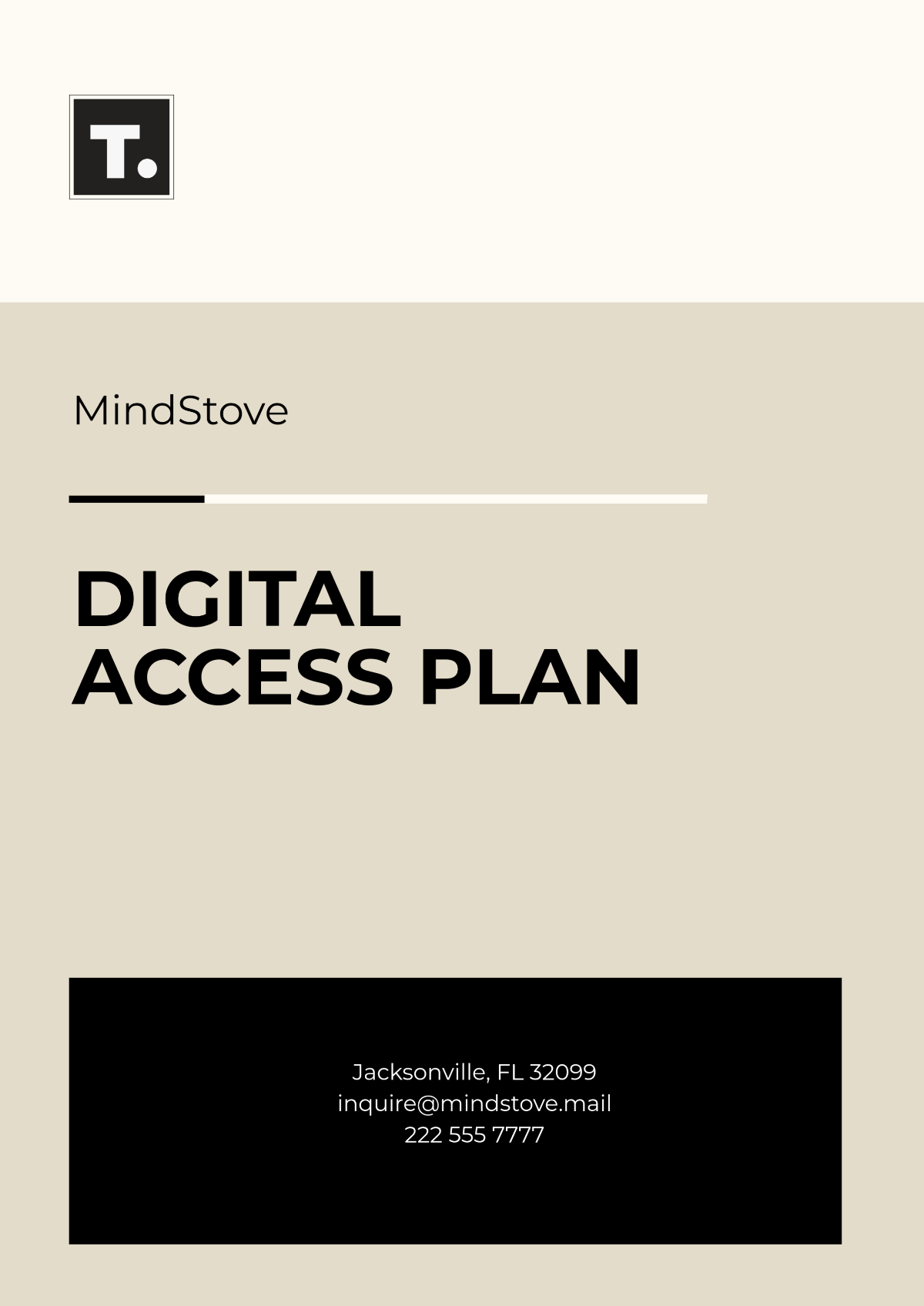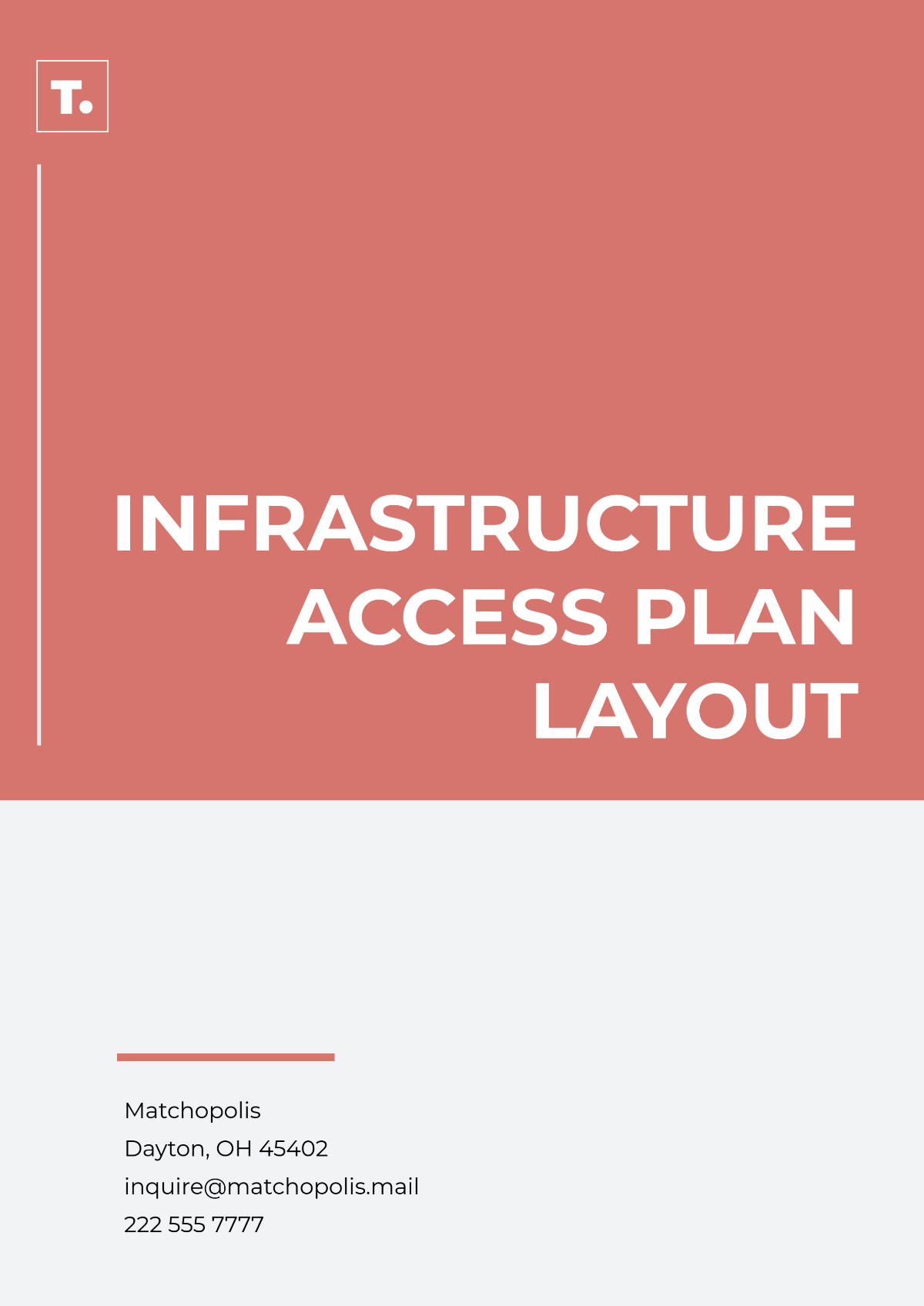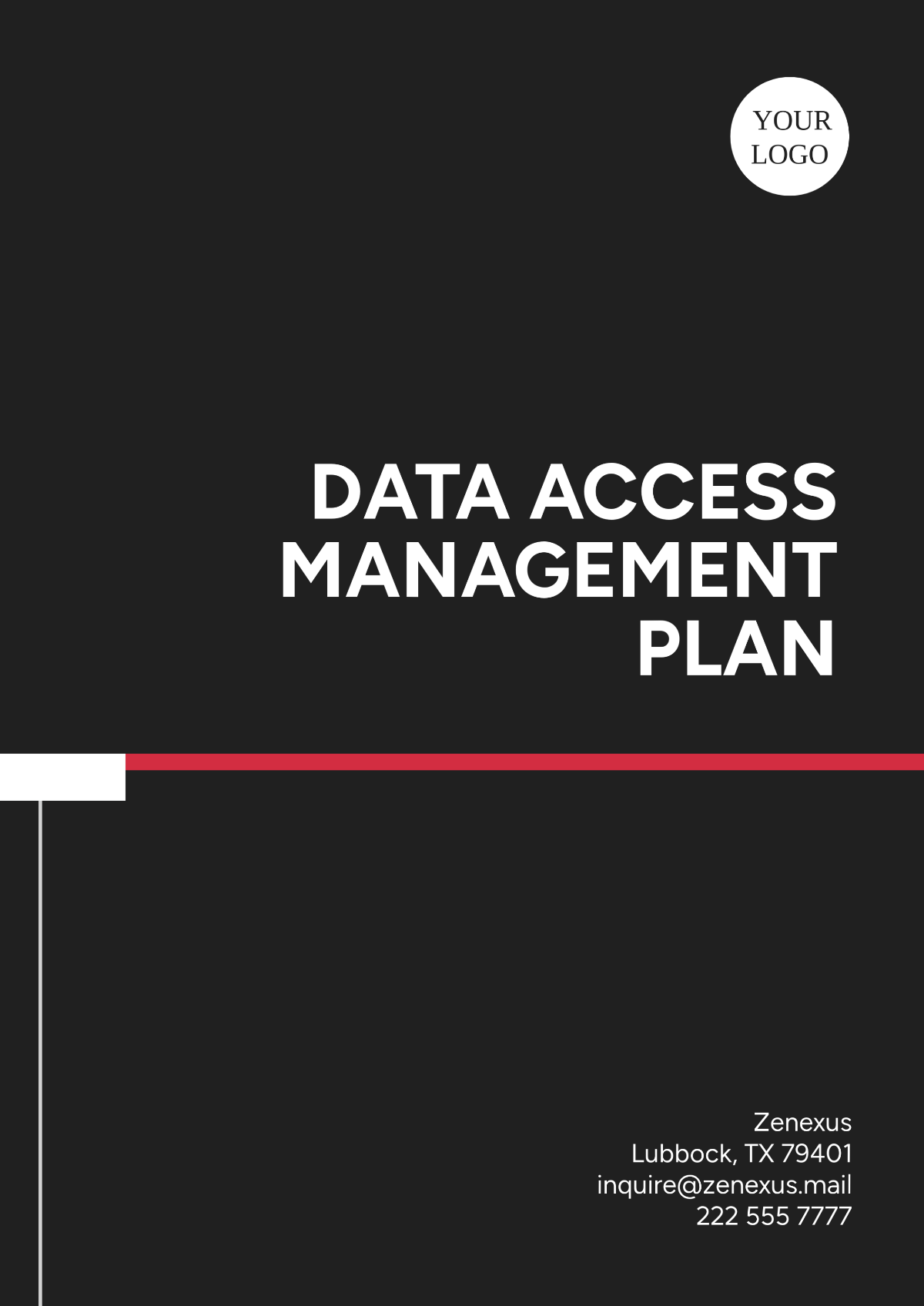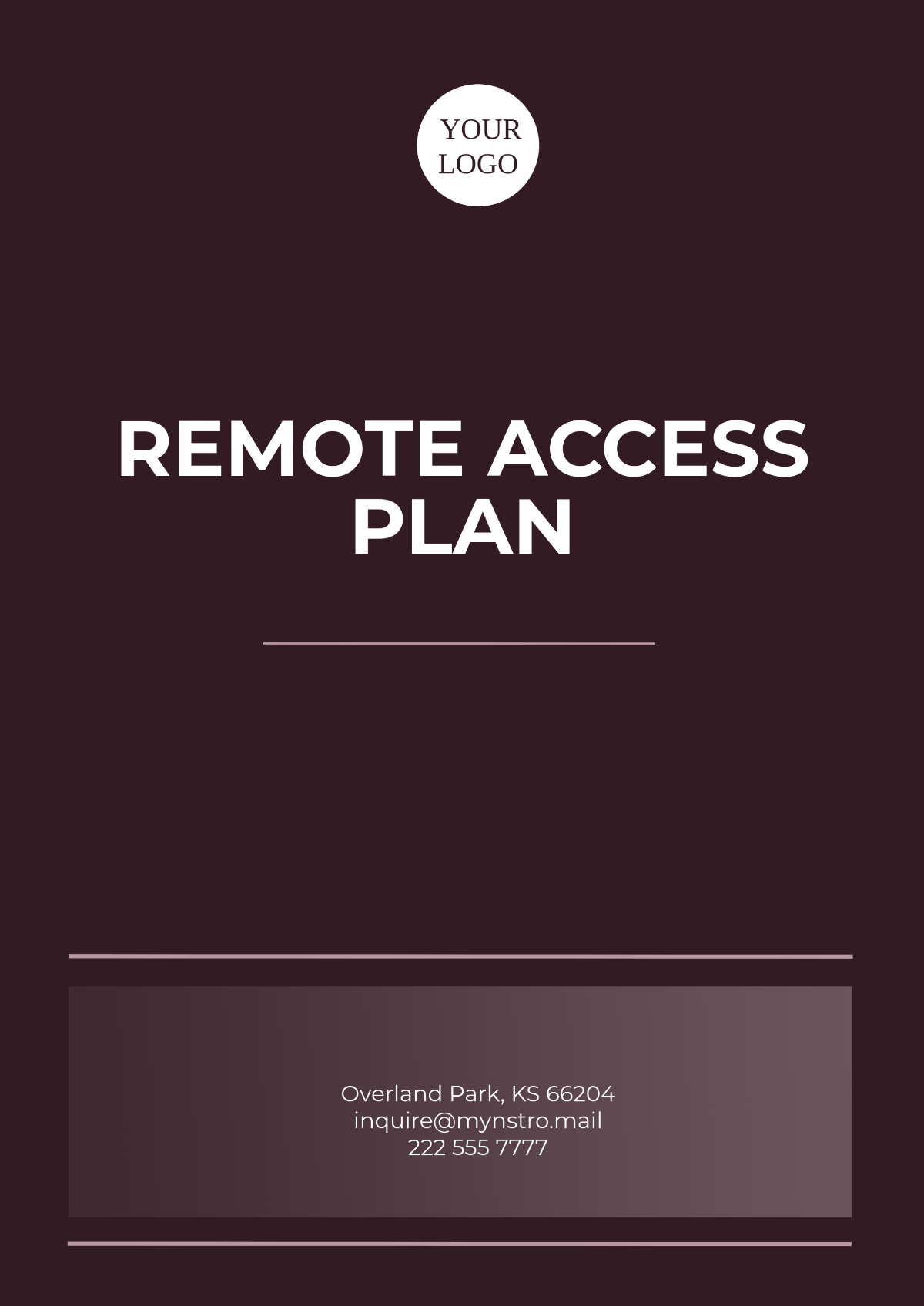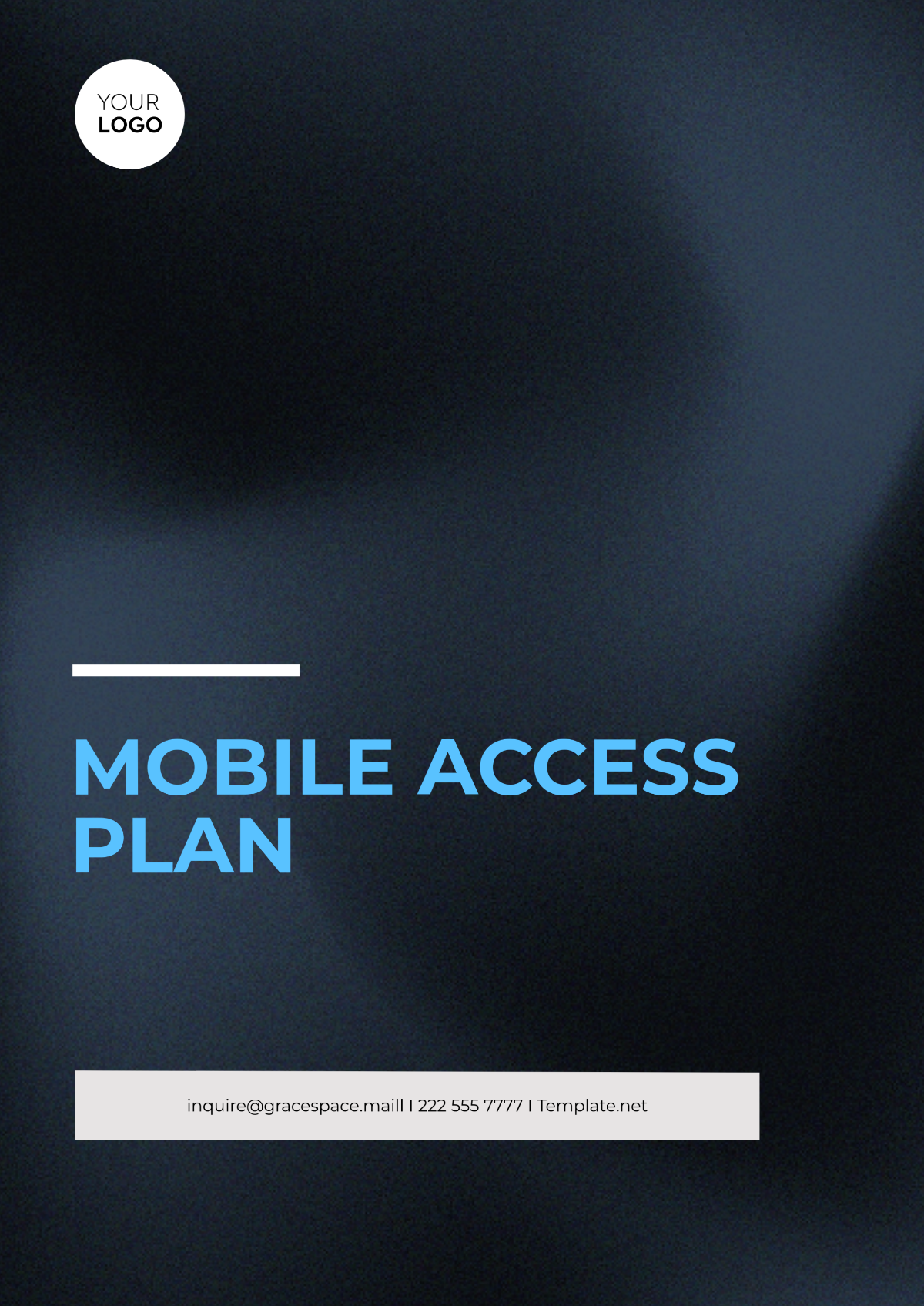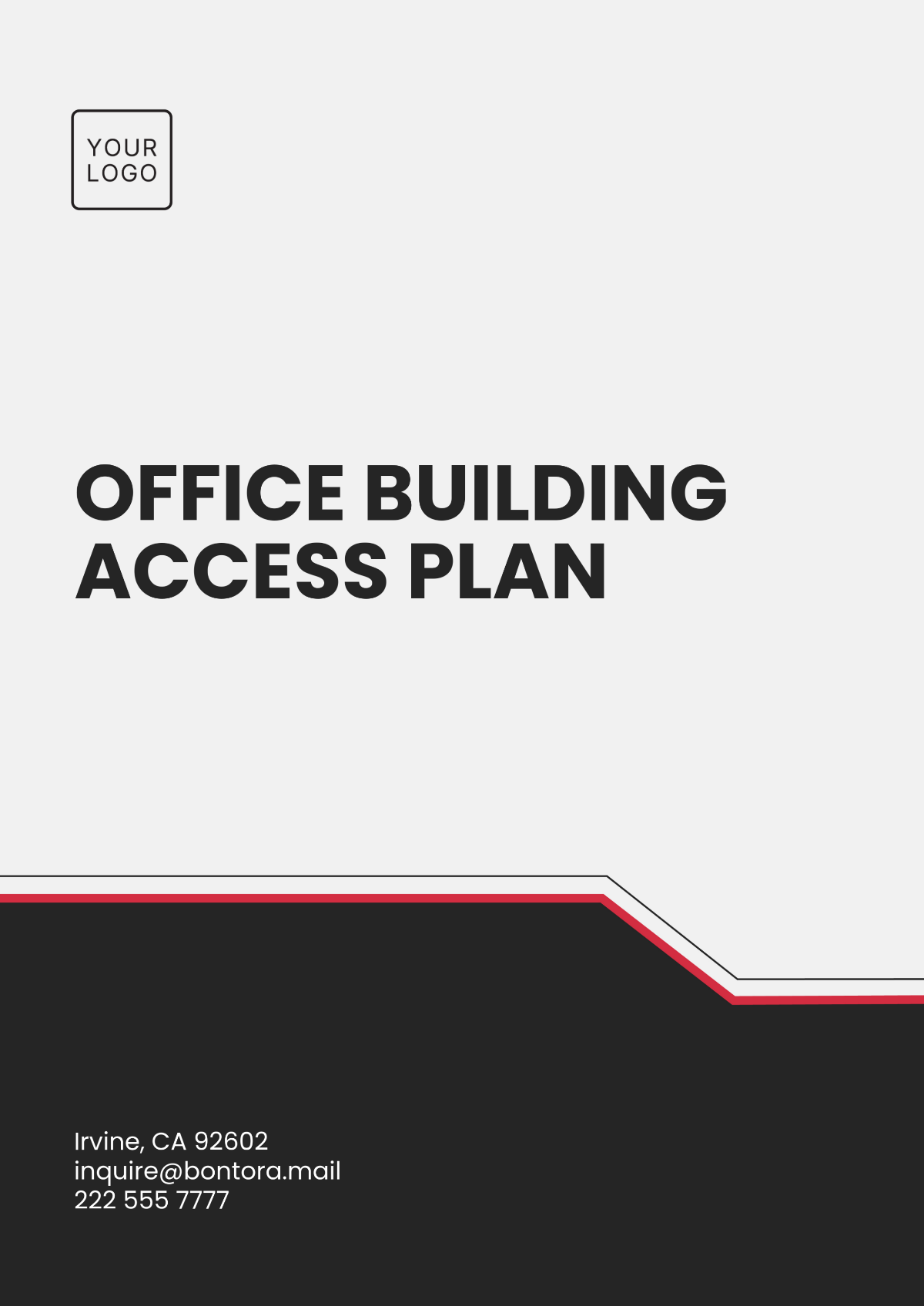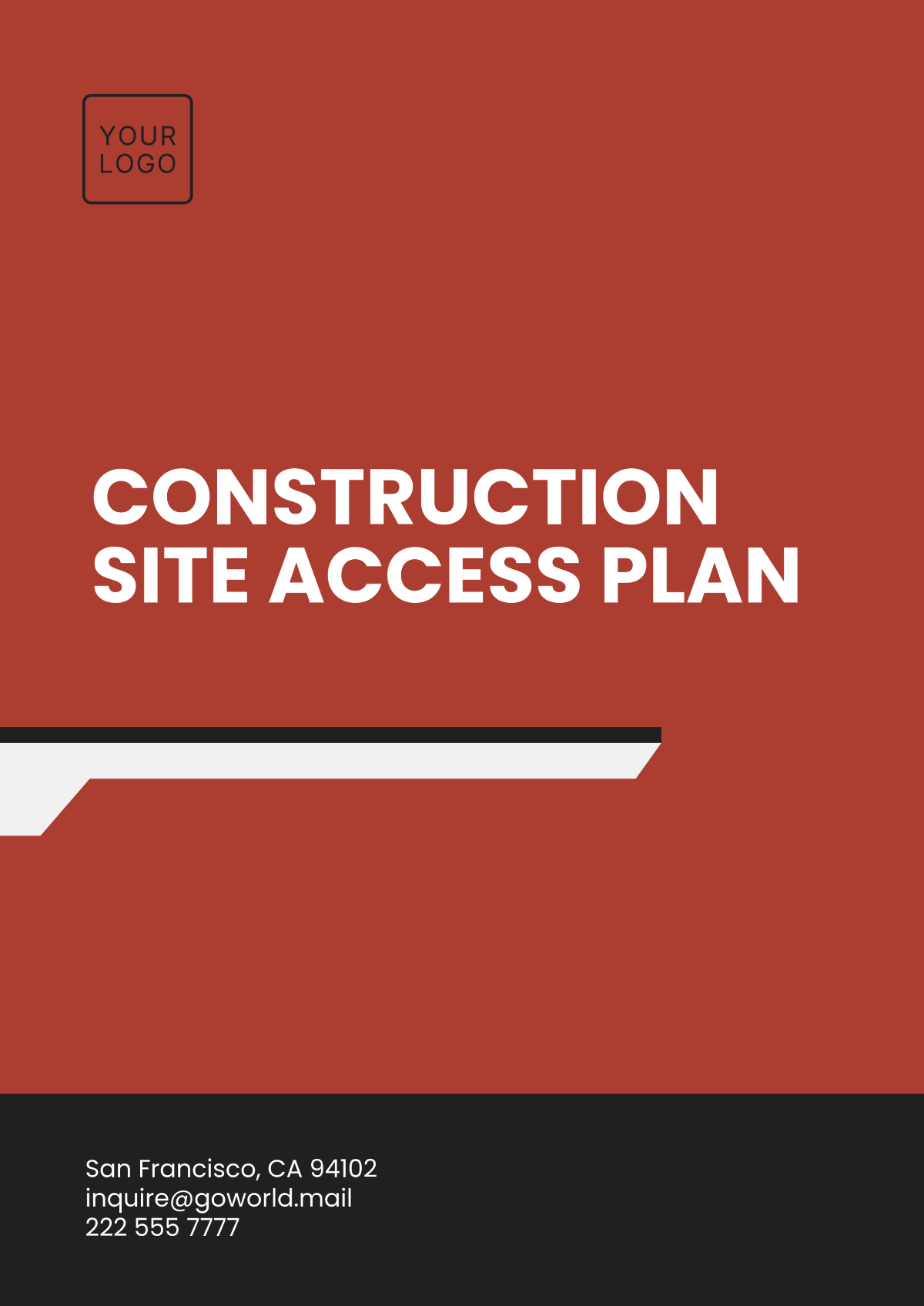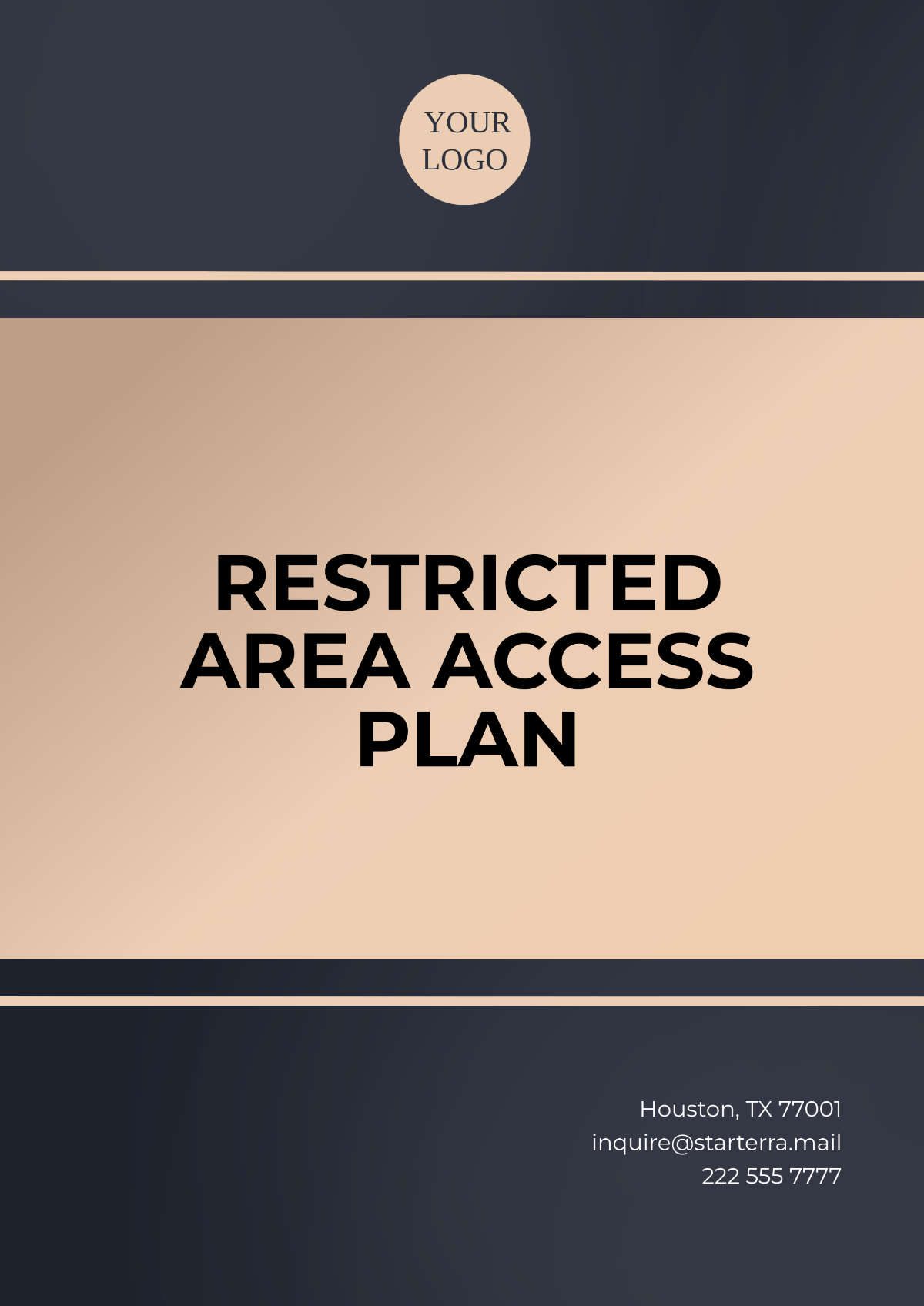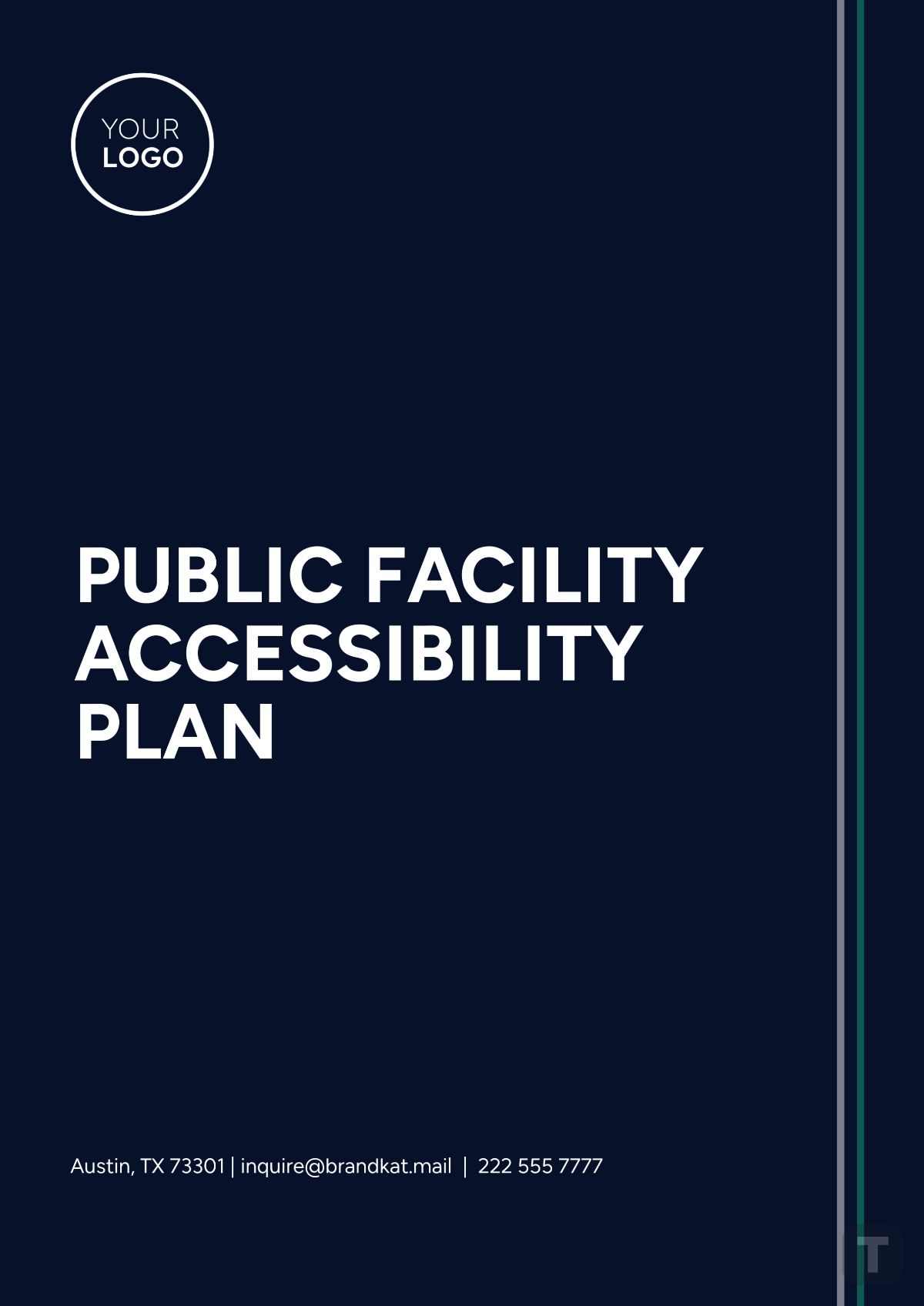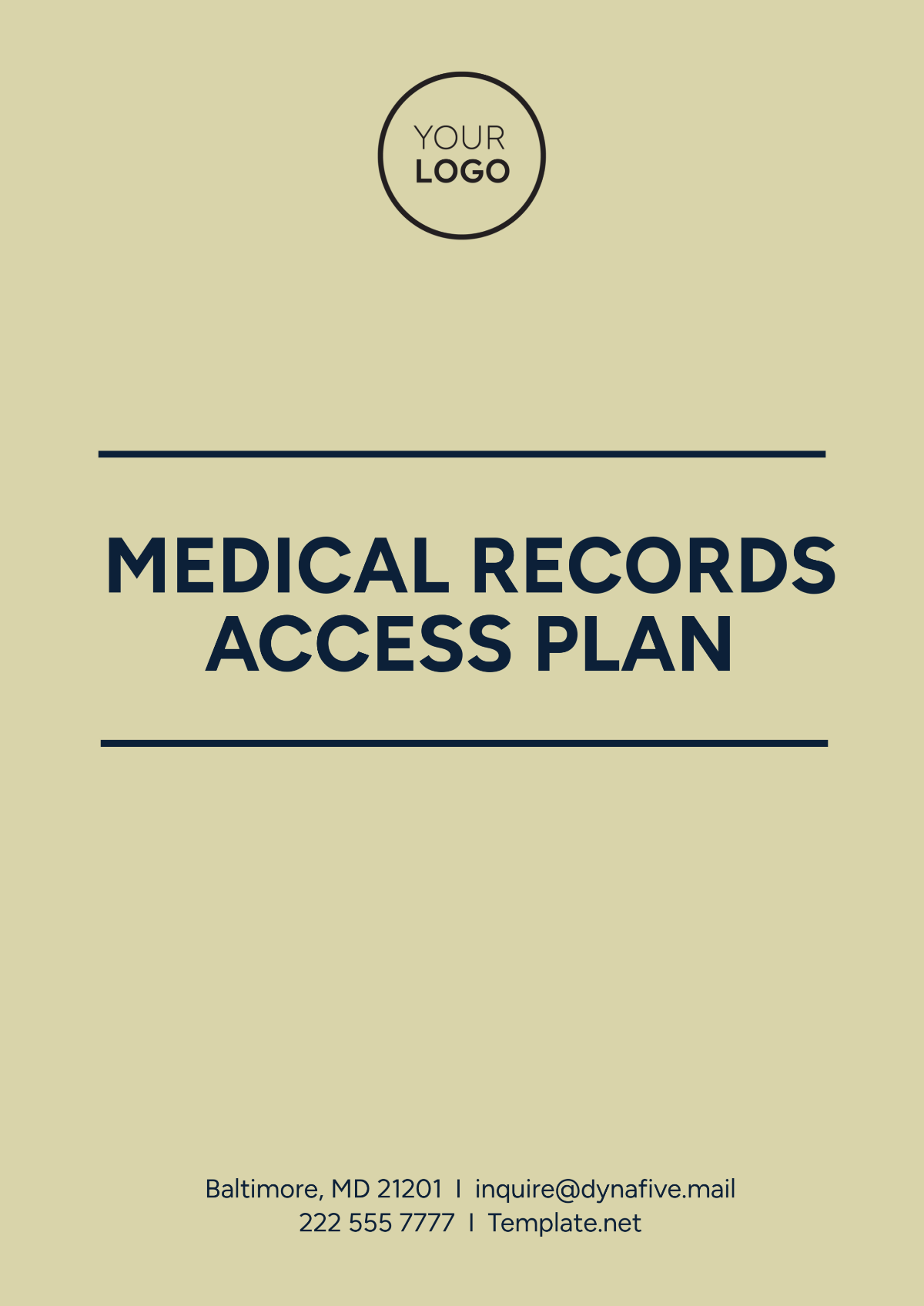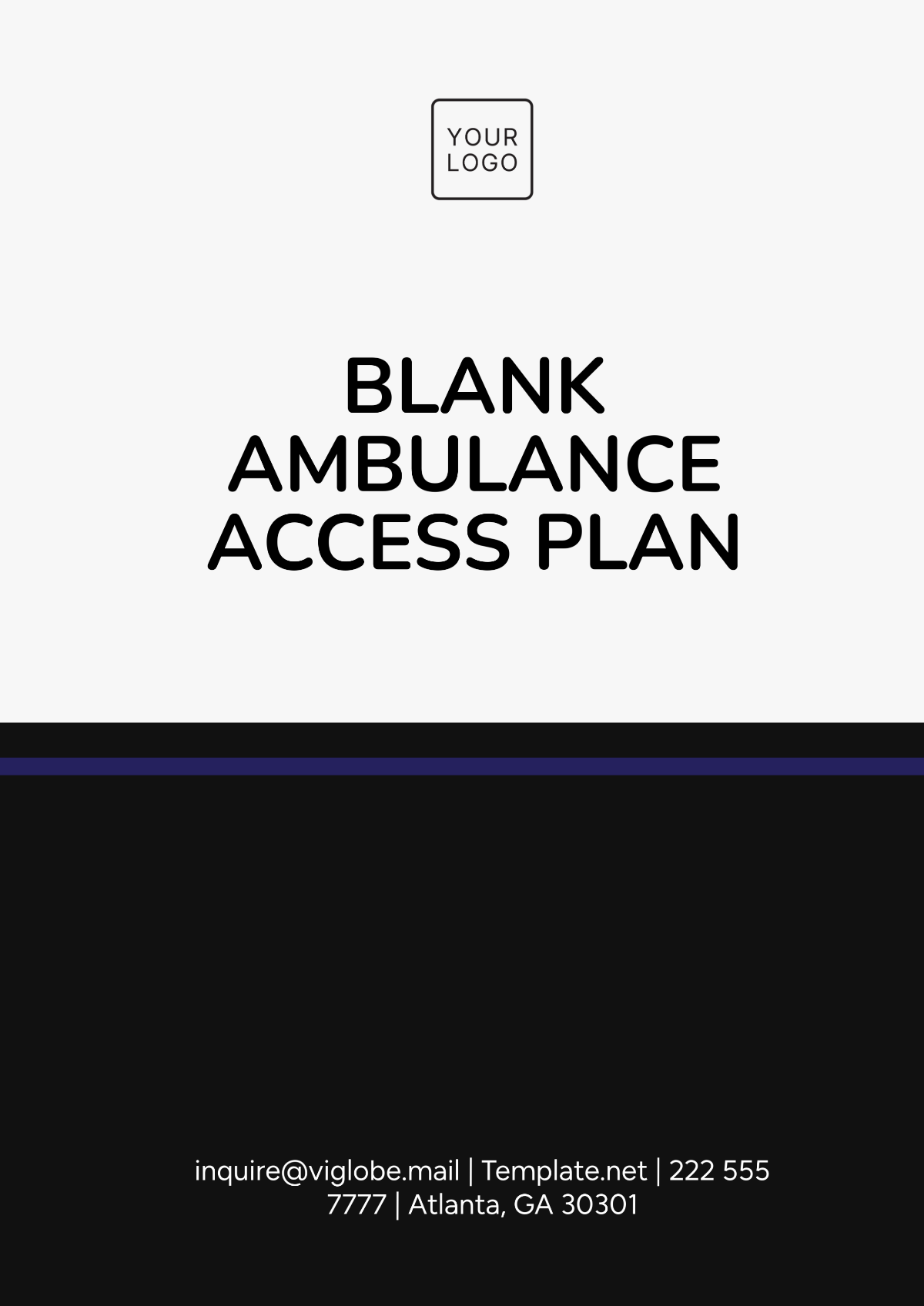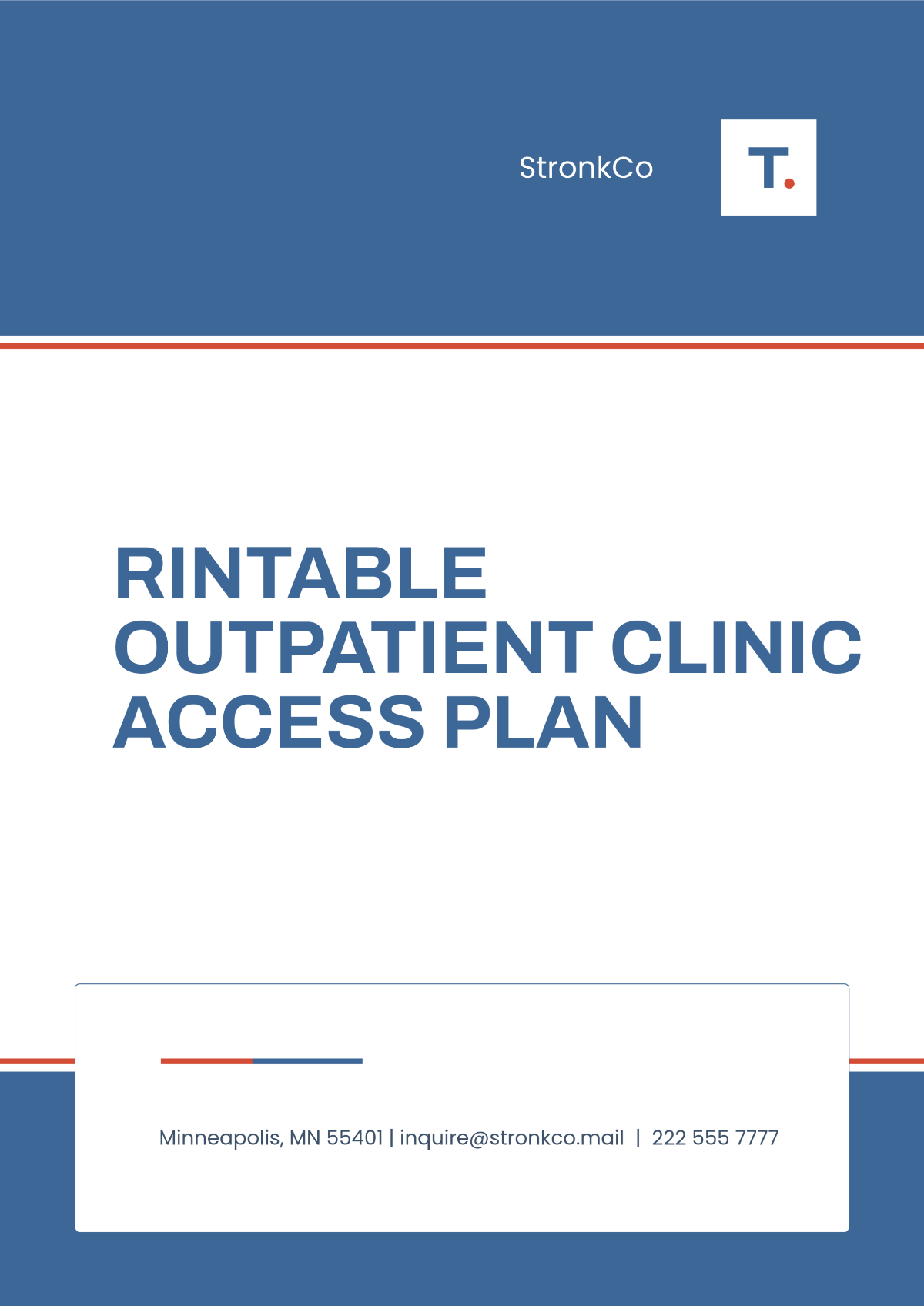Infrastructure Access Plan Layout
1. Introduction
Purpose: Briefly describe the purpose of the Infrastructure Access Plan.
Scope: Outline the areas, systems, and infrastructure covered by the plan.
Objectives: Define the primary objectives of the access plan, such as security, operational continuity, and compliance.
2. Infrastructure Overview
List of Infrastructure Components:
Hardware: Servers, routers, switches, storage devices, etc.
Software: Applications, databases, operating systems, etc.
Networks: Internal, external, wireless, and VPN networks.
Critical Systems & Resources: Highlight the critical infrastructure or services that require heightened security measures.
3. Access Control Policy
User Access Types:
Admin Access: Full access rights, typically for system administrators.
User Access: Limited access based on roles or permissions.
Guest Access: Temporary or restricted access.
Authentication Methods: Outline methods such as passwords, biometrics, two-factor authentication (2FA), or security tokens.
Access Approval Process: Define the steps required for granting access to infrastructure (e.g., request forms, manager approvals).
4. Access Levels & Permissions
Role-Based Access Control (RBAC):
Roles & Responsibilities: Define specific roles (e.g., System Admin, Network Admin, User) and their respective permissions.
Access Permissions: Specify which systems or data each role can access.
Exception Management: Define processes for handling requests that deviate from standard access protocols.
5. Access Control Mechanisms
Physical Access Controls:
Key card access, biometric scanners, or security guards.
Designated physical access zones for critical infrastructure.
Network Access Controls:
Firewalls, VLANs, VPNs, and access control lists (ACLs).
System Access Controls:
Security software, endpoint protection, and user-specific configurations.
6. Audit and Monitoring
Logging and Tracking: Define how access to critical infrastructure will be logged and tracked (e.g., logs, event monitoring).
Audit Process: Describe the audit process, including frequency and who is responsible for reviewing access logs.
Anomaly Detection: Define how anomalous access (e.g., unauthorized access or access at odd hours) will be detected and handled.
7. Incident Response Plan
Incident Identification: Define what constitutes a breach of access.
Incident Handling: Outline steps to take when unauthorized access is detected (e.g., immediate lockdown, investigation).
Reporting: Define who should be notified and what the escalation process looks like.
Post-Incident Review: Specify how access-related incidents will be analyzed and reviewed to improve the plan.
8. Access Termination Procedures
Revoking Access: Define the process for revoking user access, whether temporary or permanent (e.g., resignation, termination, role changes).
Reassignment of Responsibilities: Describe how responsibilities and access will be reassigned when users leave or change roles.
9. Training and Awareness
Employee Training: Define the frequency and content of access control and security training for employees.
Awareness Programs: Outline programs to ensure employees understand the importance of following access control policies.
10. Compliance and Legal Considerations
Regulatory Requirements: List relevant regulations (e.g., GDPR, HIPAA) that influence access control.
Audit & Compliance Reports: Specify the frequency of audits and the individuals or teams responsible for ensuring compliance.
11. Review and Updates
Review Frequency: Define how often the access plan will be reviewed and updated.
Responsible Parties: Specify who is responsible for reviewing and updating the plan (e.g., IT Security Team, Infrastructure Manager).
12. Approval and Sign-Off
Approval: Space for signatures from key stakeholders such as IT managers, security officers, and executives.
Date of Approval: The date when the plan is approved and enforced.

